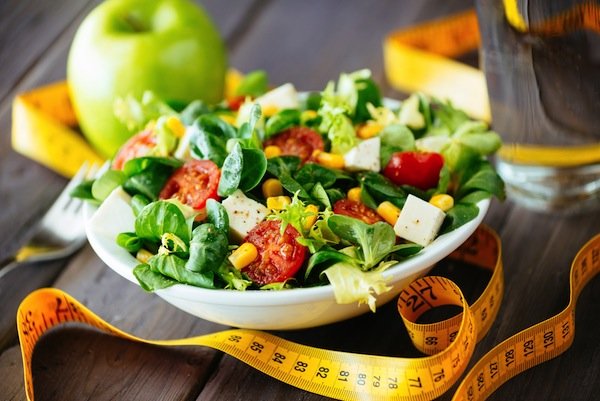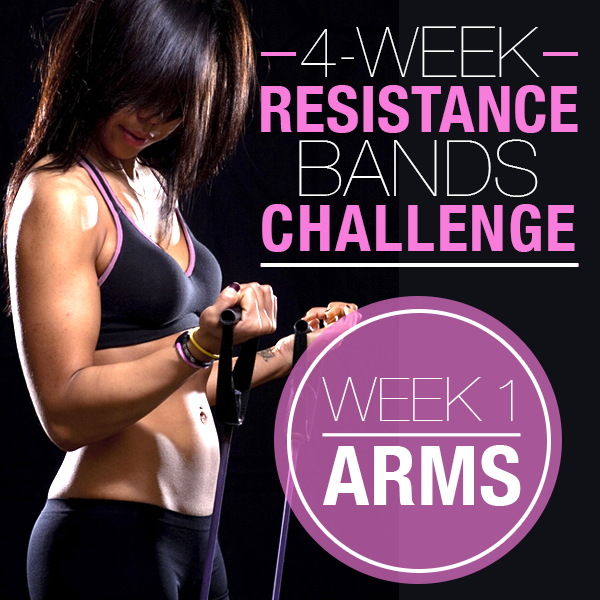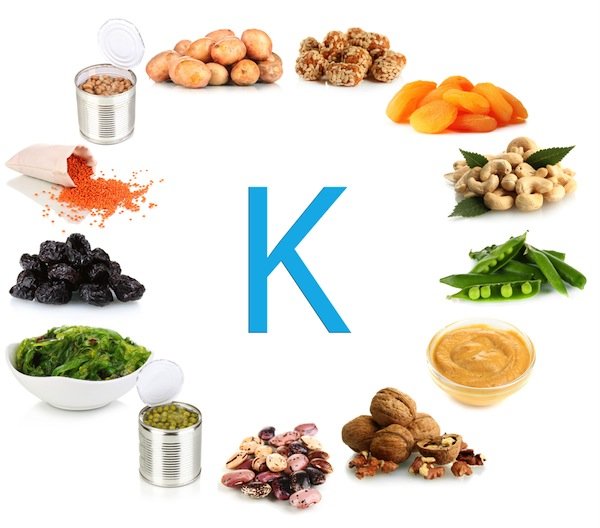Obesity Rates Reach Historic Highs


.playerTop
top: 74px !important;
Reporting by Sharon Begley
Reuters
Rates of adult obesity increased in six U.S. states and fell in none not too long ago, also in more states than ever before – 20 – a minimum of 30 % of adults are obese, based on an analysis released on Thursday.
The conclusions were reported by the Trust for America’s Health insurance the Robert Wood Johnson Foundation and were based on administration data. They suggest the challenge may be worsening despite widespread publicity about the nation’s obesity epidemic, from First Lady Michelle Obama and there are more, plus countless programs to treat it.
From 2011 to 2012, on the other hand, the speed of obesity increased in only one state.
The 2013 adult obesity rate exceeds 20 % in most state, while 42 have rates above 25 %. At last two states, Mississippi and West Virginia, rose above 35 %. The prior year, 13 states were above 30 % and 41 had rates of at least 25 percent.
Adult obesity rates increased this past year in Alaska, Delaware, Idaho, On the internet services, Tennessee and Wyoming.
Obesity means a shape mass index (BMI) of 30 or more, where BMI is calculated by dividing weight (in kilograms) by height (in meters) squared. Overweight means a BMI of 25 to 29.9.
Nationally, rates of obesity remained at about one-third on the adult population, in accordance with the State of Obesity: Better Policies for just a Healthier America, while approximately two-thirds are overweight or worse.
Rates of childhood obesity have leveled off, about one in three 2- to 19-year-olds overweight or obese in 2012, akin to rates over the last decade.
Continuing a years-long trend, nine from the 10 states while using the highest rates of obesity are usually in the South. The West and Northeast had the healthiest BMIs, with Coloradoboasting the cheapest adult obesity rate, 21.3 percent.
Obesity also tracked demographics, with higher rates correlating with poverty, that\’s associated with lower alternative of sensible foods much less safe neighborhoods where people can walk and kids can engage in for exercise. As an illustration, much more than 75 % of African Americans are obese or overweight, weighed against 67.2 percent of whites.
That pattern affects children, too. Next year, about 8 percent of Dark-colored children ages 2 to 19 were severely obese, by using a BMI above 40, compared with 3.9 percent of white children. About 38 percent of Dark colored children live in the poverty line, while 12 % of white children do.
One-third of adults who earn under $15,000 per annum are obese, in comparison to one-quarter who earn at the least $50,000.
“Obesity rates are unacceptably high, as well as the disparities in minute rates are profoundly troubling,” said Jeffrey Levi, executive director of TFAH.










